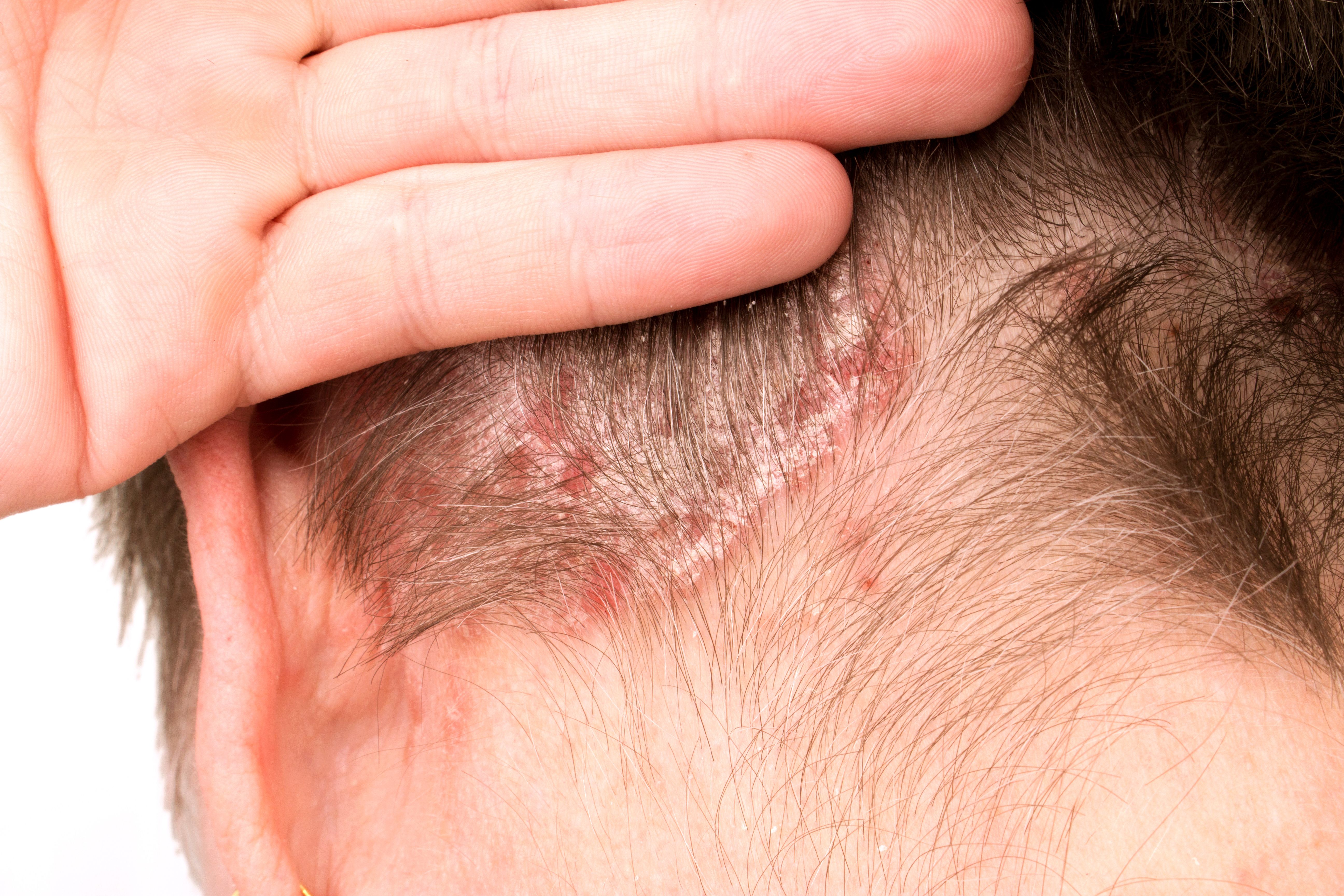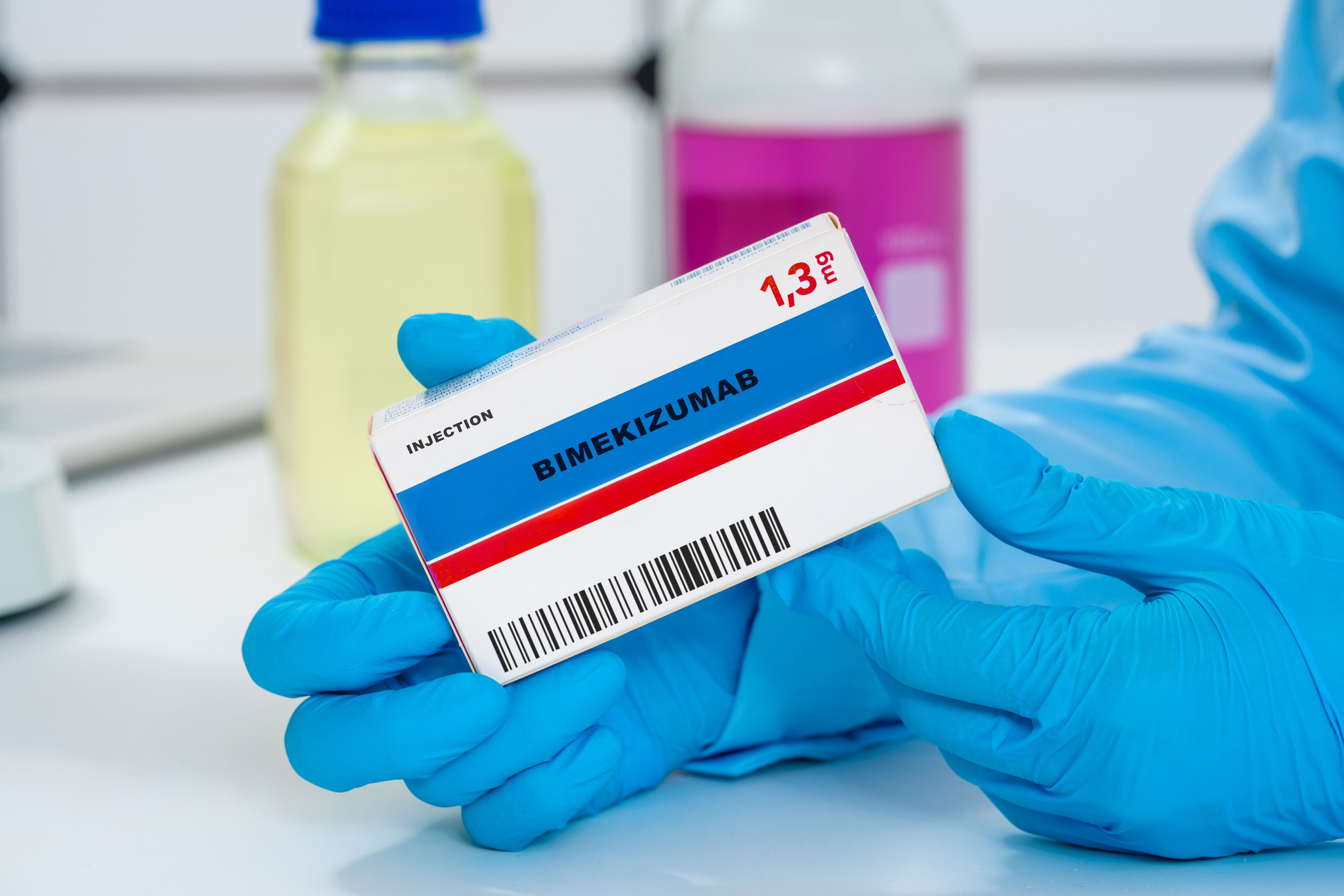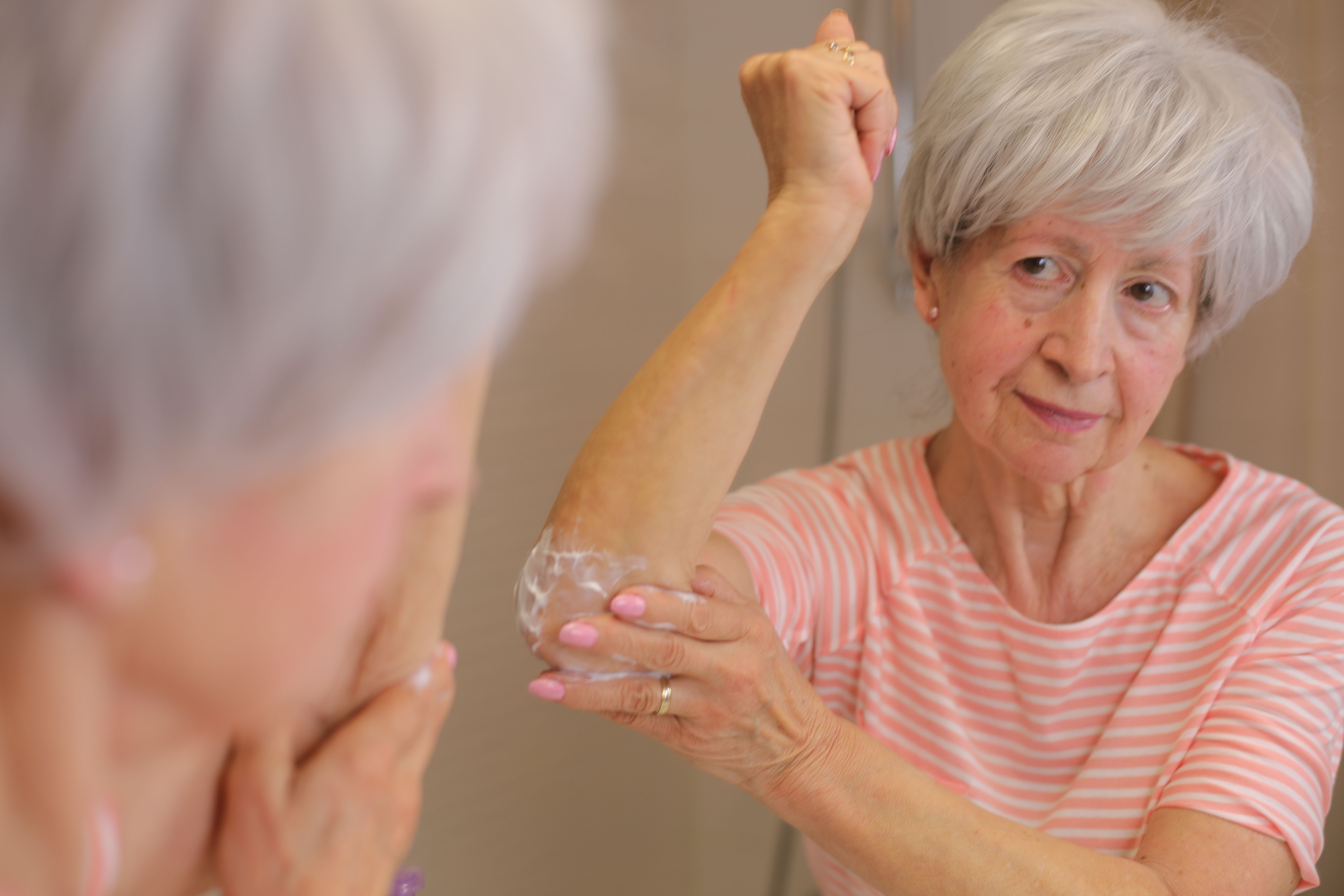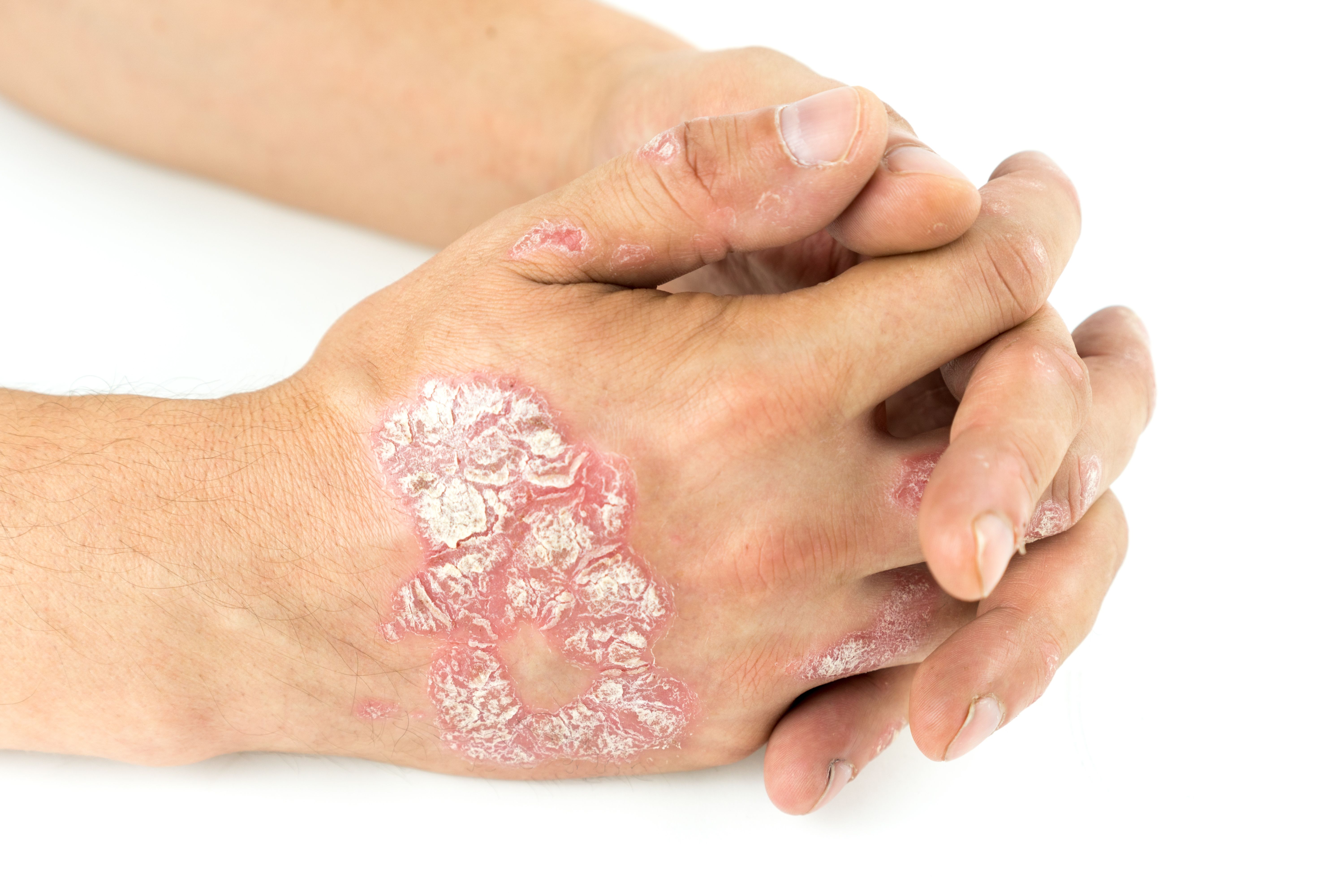News
Article
Tildrakizumab Effective Up to Nearly 3 Years Regardless of BSA Affected, Obesity
Author(s):
Key Takeaways
- Tildrakizumab showed sustained efficacy in plaque psoriasis, with nearly three years of mean drug survival across BSA severities and obesity categories.
- Patients experienced significant improvements in IGA, PASI, and DLQI scores, with notable symptom relief in fatigue, skin pain, and itch.
Posters presented at the 2025 American Academy of Dermatology Annual Meeting found tildrakizumab outcomes to have a mean drug survival of almost 3 years.
Tildrakizumab, an IL-23 p19 inhibitor approved for the treatment of adults with moderate to severe plaque psoriasis was found to be effective with a mean drug survival of almost 3 years in a cohort of patients in the CorEvitas Psoriasis Registry, according to posters presented at the 2025 American Academy of Dermatology (AAD) Annual Meeting.
Posters presented at the 2025 American Academy of Dermatology Annual Meeting found tildrakizumab outcomes to have a mean drug survival of almost 3 years. | Sviatlana - stock.adobe.com
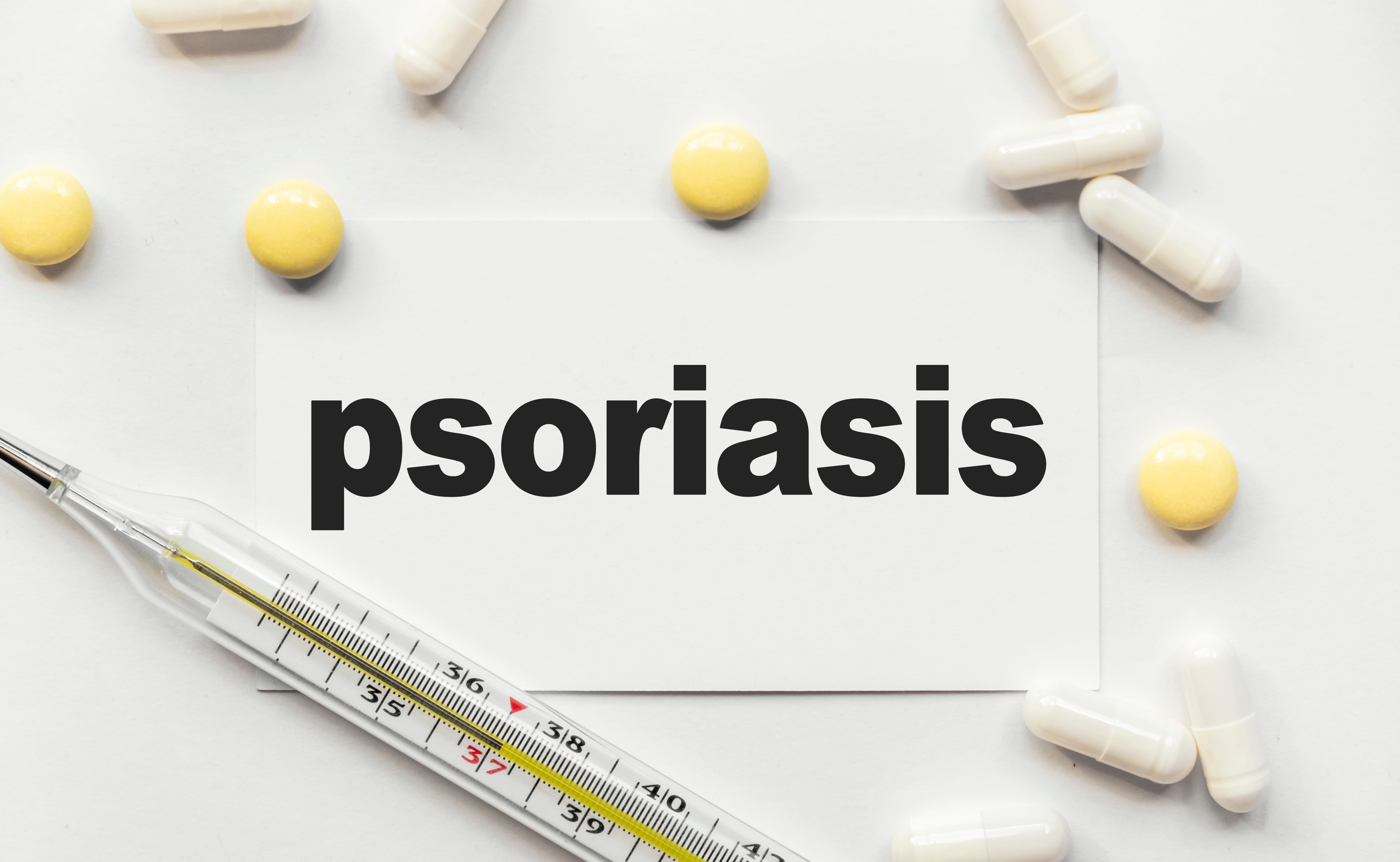
The CorEvitas Psoriasis Registry is a prospective, multicenter, noninterventional registry, launched in 2015, of patients aged 18 years and older under the care of a dermatologist in the US and Canada.
These outcomes were sustained regardless of baseline body surface area (BSA) or obesity.
Efficacy Based on BSA Severity
The first poster aimed to examine the characteristics, effectiveness, and drug survival among patients who initiated tildrakizumab according to baseline disease severity.1 Patients who initiated tildrakizumab between October 2018 and June 2024 were included and stratified by BSA severity, categorized as mild (less than 3%), moderate (3% to 10%), or severe (greater than 10%). Key outcomes included the Investigator Global Assessment (IGA), Psoriasis Area and Severity Index (PASI), and Dermatology Life Quality Index (DLQI), alongside patient-reported symptoms such as fatigue, skin pain, and itch. Drug survival was analyzed using Kaplan-Meier methods to estimate time to discontinuation.
Among 743 patients who initiated tildrakizumab, BSA severity was classified as mild (18.7%), moderate (41.9%), or severe (39.4%). The mean IGA scores were 1.2 (1.2) for mild, 2.7 (0.7) for moderate, and 3.1 (0.7) for severe BSA groups, respectively. PASI scores greater than 10 were observed in 0% of patients with mild BSA, 11.6% with moderate BSA, and 64.4% with severe BSA. DLQI scores of 0 or 1 were reported by 47.1% of patients in the mild, 19.2% in the moderate, and 8% in the severe groups, respectively. Special site involvement, including the scalp (40.0%), nails (10.9%), palms and soles (8.9%), and genitals (8.5%), was consistent across BSA groups.
After 12 months, IGA 0/1 was achieved by 64.0%, 66.0%, and 52.9% of patients with mild, moderate, and severe BSA, while PASI less than or equal to 3 was observed in 66.7%, 74.1%, and 68.1%, respectively, and PASI less than or equal to 1 in 63.2%, 56.4%, and 46.5%, respectively. Additionally, DLQI 0/1 was reported in approximately half of all patients across severity groups. Patients also experienced improvements in fatigue, skin pain, and itch. Drug survival analysis showed restricted mean survival times of 38.4, 34.0, and 33.7 months for mild, moderate, and severe BSA groups, with 12-month persistence rates of 70.8%, 74.0%, and 70.3%, respectively.
Efficacy Based on Body Mass Index
The second poster aimed to evaluate the same efficacy outcomes as the poster prior but stratified by obesity.2
Similarly, the study population included patients who had initiated tildrakizumab from October 2018 to June 2024. Patients eligible for the analysis were stratified by body mass index (BMI). Obese patients were defined as having a BMI greater than or equal to 30 kg/m2 and nonobese patients were defined as having a BMI between 18.5 and less than 30 kg/m2.
Among 690 patients who initiated tildrakizumab, 47.5% were classified as having obesity, while the remaining were nonobese. At baseline, obese and nonobese patients had similar disease severity, with mean BSA of 14.5% (15.2%) and 13.0% (15.4%), PASI scores of 8.0 (7.3) and 7.4 (7.0), and IGA scores of 2.7 (1.0) and 2.5 (1.1), respectively. Quality of life was comparable, with 17.0% of obese patients and 19.7% of nonobese patients reporting DLQI scores of 0 or 1. After 12 months, both groups showed clinical improvements, with reductions in BSA (9.0% [12.6%] for obese vs. 10.3% [14.9%] for nonobese), PASI (4.5 [6.6] vs. 5.3 [7.2]), and IGA (1.2 [1.4] vs. 1.3 [1.3]). Achievement of PASI less than or equal to 3 was lower among obese patients (59.0% vs. 84.1%), as was PASI less than or equal to 1 (46.9% vs. 57.3%).
Both groups reported improvements in fatigue, skin pain, and itch. Drug survival analysis showed a restricted mean survival time of 33.3 months for obese patients and 35.2 months for nonobese patients, with 12-month persistence rates of 69.2% and 74.8%, respectively.
References
1. Lebwohl MG, Gogineni R, Shaikh A, et al. Effectiveness and drug survival of tildrakizumab by baseline disease severity in the CorEvitas Psoriasis Registry. Poster presented at: 2025 AAD Annual Meeting; March 7-11, 2025; Orlando, FL.
2. Bagel J, Gogineni R, Shaikh A, et al. Effectiveness and drug survival of tildrakizumab in obese and nonobese patients in the CorEvitas Psoriasis Registry. Poster presented at: 2025 AAD Annual Meeting; March 7-11, 2025; Orlando, FL.
